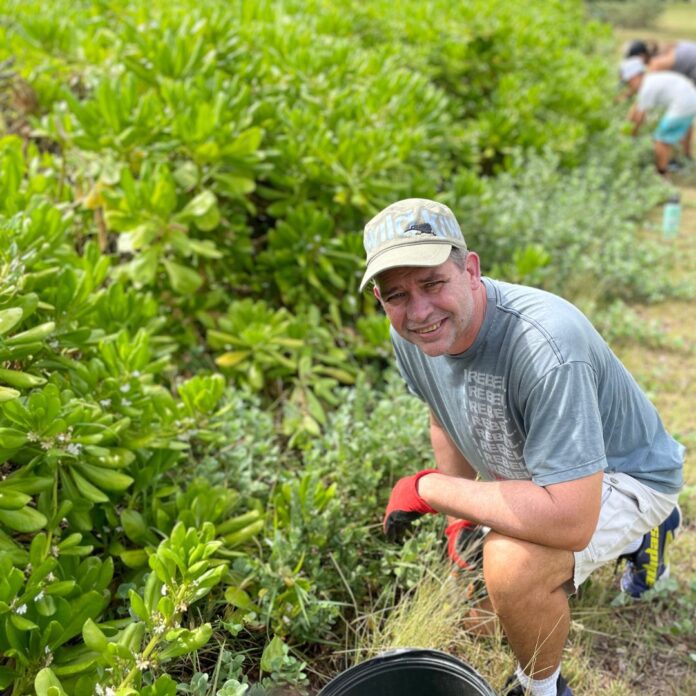Hello everyone! As a local who’s spent their entire life on the island of Oahu, I’ve found that one of the most rewarding ways to connect with our vibrant community is through volunteering. Volunteering on Oahu, offers more than just an opportunity to give back – it’s a way to immerse yourself in the culture, meet incredible people, and contribute to the positive energy that makes this island truly unique.
This isn’t about seeing Oahu’s beautiful landscapes and soaking up the sun. It’s about diving into the heart of our communities and understanding the true spirit of this place. It’s a chance to get to know Oahu from a whole new perspective while contributing positively to the place I’m fortunate to call home.
Ready to make your Oahu experience truly unforgettable? Let’s explore the 11 best places to volunteer on this incredible island, and see how you can make your time here count in the most fulfilling way.
Papahana Kuaola
Family Friendly: All Ages
I have personally visited and volunteered at Papahana Kuaola and I can say without a doubt that it is one of the best places to go volunteering on Oahu. If you want to learn more and sign up for yourself, read my in-depth guide about this wonderful location.
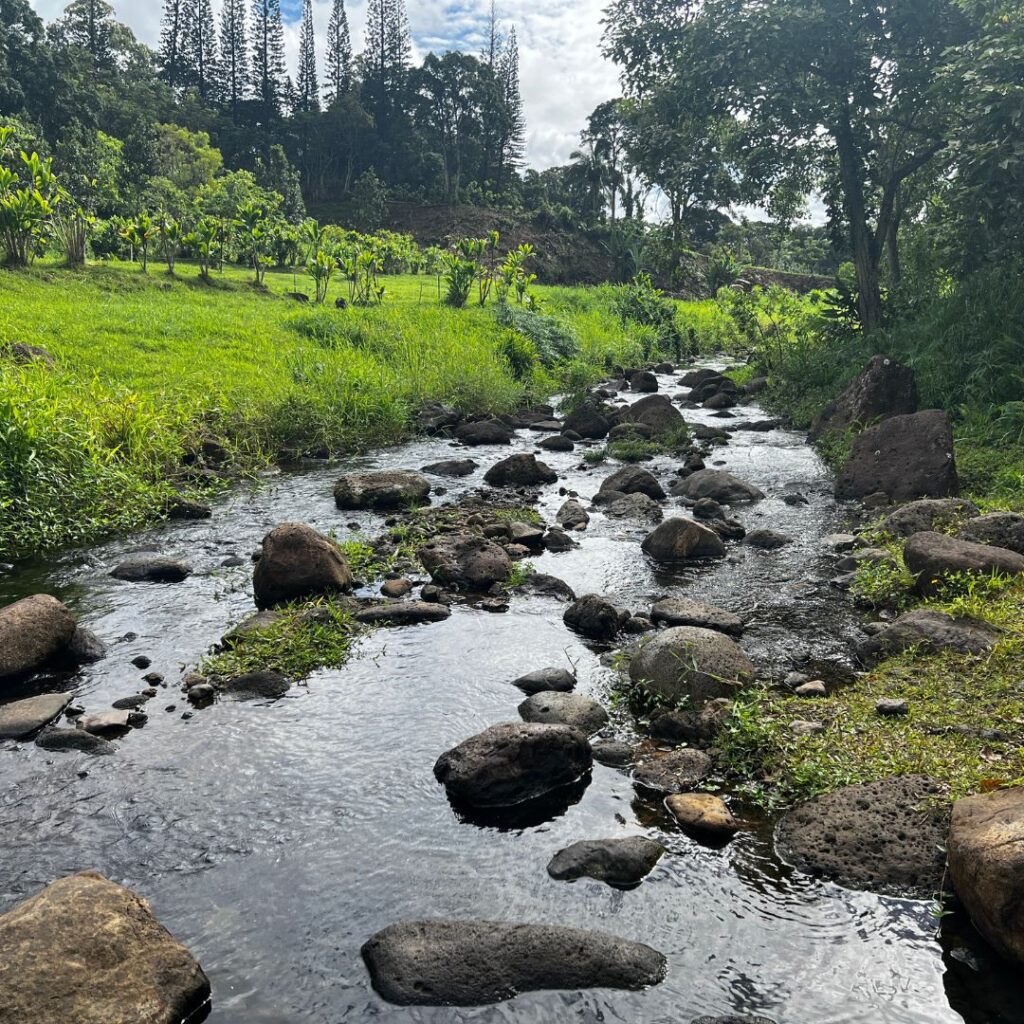
Papahana Kuaola, situated in the Ahupua’a of He’eia in the Ko’olaupoko district on the island of O’ahu, is a Hawaiian environmental education organization committed to cultural and ecological restoration and revitalization.
Since its establishment as a non-profit in 2006, it has grown in popularity due to its community-oriented mission connecting culture, community, and economy with the land, water, and people. Activities range from organizing sustainable farming workshops and managing community-based restoration projects to hosting cultural education programs for schools.
Volunteering at Papahana Kuaola is streamlined through their website, where prospective volunteers can RSVP for an event and learn about necessary tools or equipment.
Volunteers might work on projects like stream restoration, removing invasive plants, and learning about the native flora. Despite the strenuous nature of the work, the rewarding experience provides an immersive understanding of the Hawaiian ecosystem and cultural practices.
Set between the ridges of the Ko’olau mountain range, the vibrant greenery, ponds, and lo’i of Papahana Kuaola create an unparalleled volunteering setting. With a strong sense of community and knowledge about Hawaiian culture, this organization serves as an enriching space for both locals and visitors looking to make a positive environmental impact.
Hui O Ko’olaupoko
Family Friendly: All Ages
This is one of the best locations to volunteer on the Windward side of Oahu; if you want to learn more and sign up for your own, make sure to check out my detailed review of Hui O Ko’olaupoko.
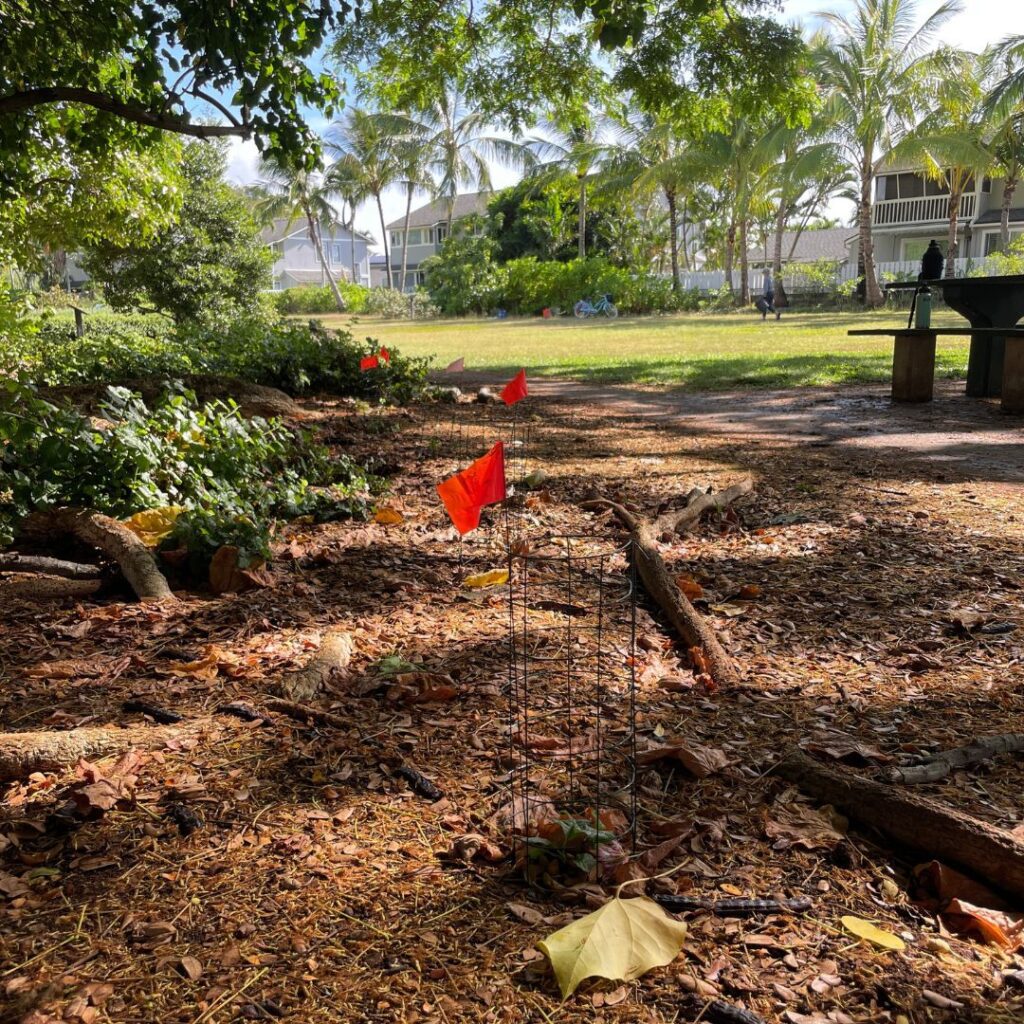
Hui O Ko’olaupoko, a non-profit nature preservation organization situated on O’ahu island, is dedicated to protecting and restoring the Koolaupoko region’s water resources and marine ecosystems. Established in 2007, the organization operates under the mission statement: “Protecting ocean health by restoring the ʻāina: mauka to makai,” which speaks to its commitment to mitigating the effects of pollution and ill-maintained land on waterways and the ocean.
Focusing on ecosystem restoration and stormwater management, it offers various volunteering opportunities to educate people on the importance of these areas and encourage community participation in its initiatives.
Volunteering at Hui O Ko’olaupoko, located at 750 Kaha Street, is a hands-on experience where volunteers get involved in strenuous tasks such as clearing out invasive species to make room for native plants to thrive. Despite the tough labor, the opportunity is enriched by the natural beauty of the location, brimming with native plants and wildlife, and the knowledgeable guides who share insights about the local flora and Hawaiian Mo’olelo (stories).
A well-coordinated process facilitates volunteering, where individuals sign up via a form on the organization’s website and receive detailed follow-up emails, ensuring they are well-prepared for the experience. The organization’s dedicated approach to environmental preservation makes it a rewarding and informative volunteering opportunity.
Kaloko Inlet Restoration
Family Friendly: All Ages, Under 16 Requires a Parent
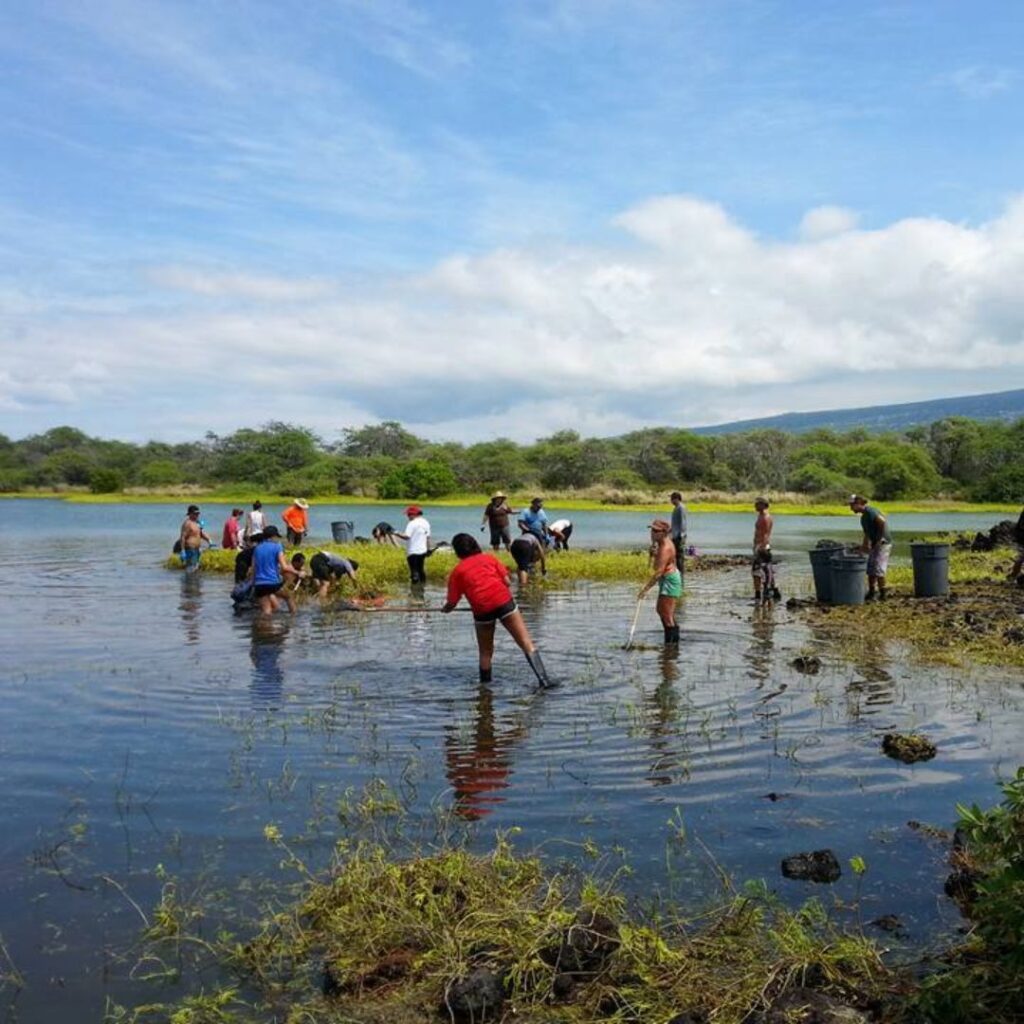
Volunteering at the Kaloko Inlet Restoration at Kaiwi State Scenic Shoreline is more than just helping out. It’s a chance to play a part in protecting Hawaii’s special environment while experiencing the beautiful scenery of the island. For those who are 16 years old or younger, it’s required to have a parent or guardian there the whole time. This makes sure everyone is safe and doing what they should be.
When it comes to what you should bring, it’s recommended to wear sturdy shoes and long pants. This is to protect you from the rough ground and any poking bushes. Also, don’t forget to bring a bottle of water to drink, as it can get quite hot. Don’t worry about any other tools you might need for the work, because those will be provided for you when you get there.
The work you’ll be doing is split into three main tasks. The first task, or priority, is to get rid of invasive plants. This involves digging up and cutting down mangrove, kiawe, and koa haole shrubs that are not native to the area. This helps make room for plants that originally grow in Hawaii.
The second priority is to move the cut plants from where they were to another spot up a hill. This spot is called a ‘dry staging site.’ It’s where we put the plants we cut down until we can dispose of them properly.
The third and final priority is to pick up any litter found along the coastline and trails. This keeps the area clean and safe for all who visit and helps protect the wildlife that live there.
Kaupō Hillside Coastal Restoration
Family Friendly: All Ages, Under 16 Requires a Parent
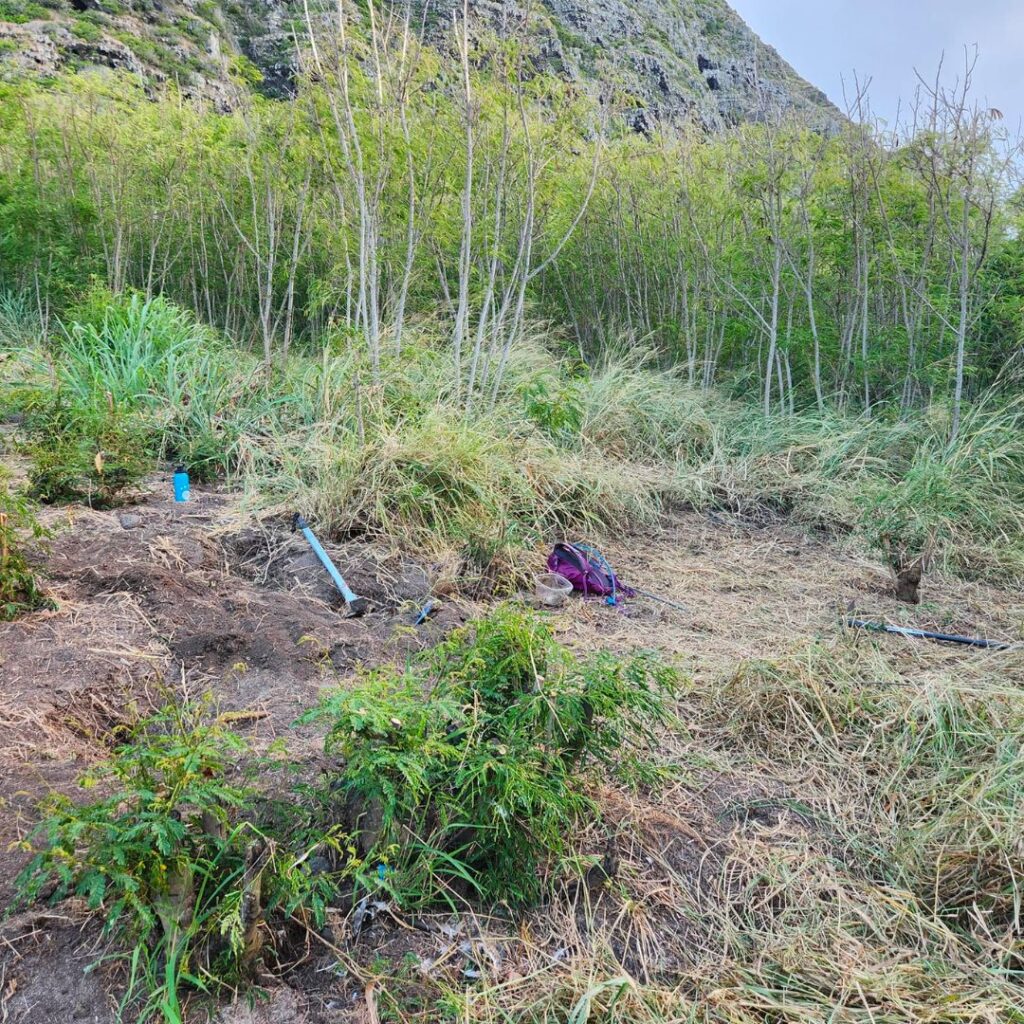
The Kaupō Hillside Coastal Restoration project offers a special opportunity to make a real difference in preserving Hawaii’s natural beauty. However, due to the challenging terrain and proximity to a busy highway, we advise that volunteers under the age of 16 should not participate in this event for safety reasons. Those who do attend should come prepared.
Wearing sturdy shoes and long pants is essential for protection against rough ground. As Hawaii can get quite sunny, sunscreen is important too, and bringing water is highly recommended to stay hydrated. No need to worry about other tools, as everything else you’ll need will be provided.
The work focuses on two key areas. The first is the removal of invasive and non-native plants. As a volunteer, you’ll help cut down koa haole trees, remove the stumps, and get rid of non-native grasses and other plants. The second task is picking up trash. You may find abandoned campsites that need cleaning up and will deal with them as needed.
I have personally done this event and can concur that it is one of the best on the island, read more about it here.
DLNR Kaiwi Scenic Shoreline
Family Friendly: All Ages, Under 16 Requires a Parent
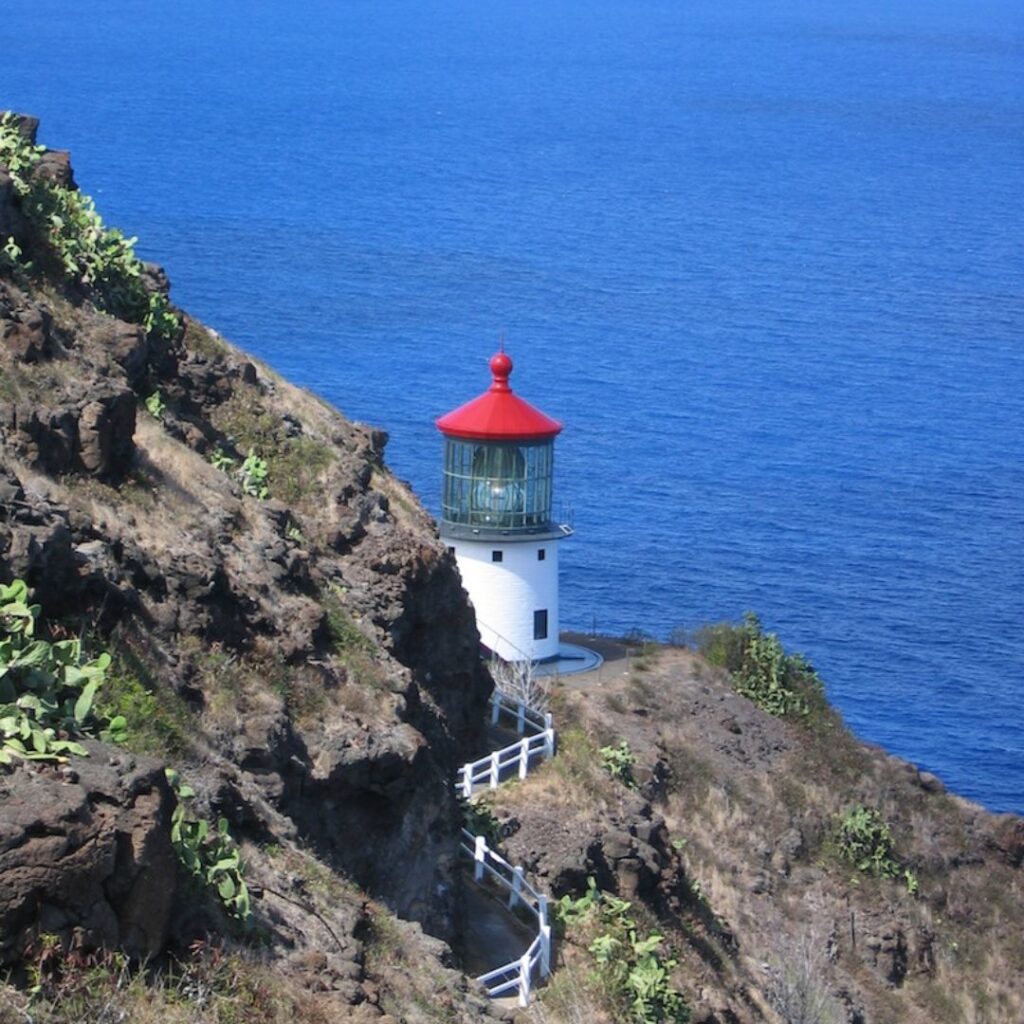
Volunteering at the DLNR Kaiwi Scenic Shoreline is a truly rewarding experience. You get the chance to help protect Hawaii’s unique environment while enjoying the breathtaking coastal views. However, we want to make sure everyone is safe, so if you’re under 16, you must have an adult with you to attend this event.
To be prepared, we highly recommend wearing sturdy shoes and long pants to protect against uneven ground. Sunscreen is also important to protect against the strong Hawaiian sun and remember to bring water to stay hydrated. Don’t worry about any other tools you might need – those will be provided for you.
The work you’ll be doing as a volunteer is divided into two main tasks. The first one, or priority, is to get rid of invasive species. This means you’ll be digging and cutting out invasive grasses and haole koa trees to make room for plants that naturally grow in Hawaii.
The second priority is to pick up litter along the coastline and trails. This helps to keep the area clean and safe for everyone who visits and the wildlife that lives there.
Diamond Head State Monument
Family Friendly: All Ages
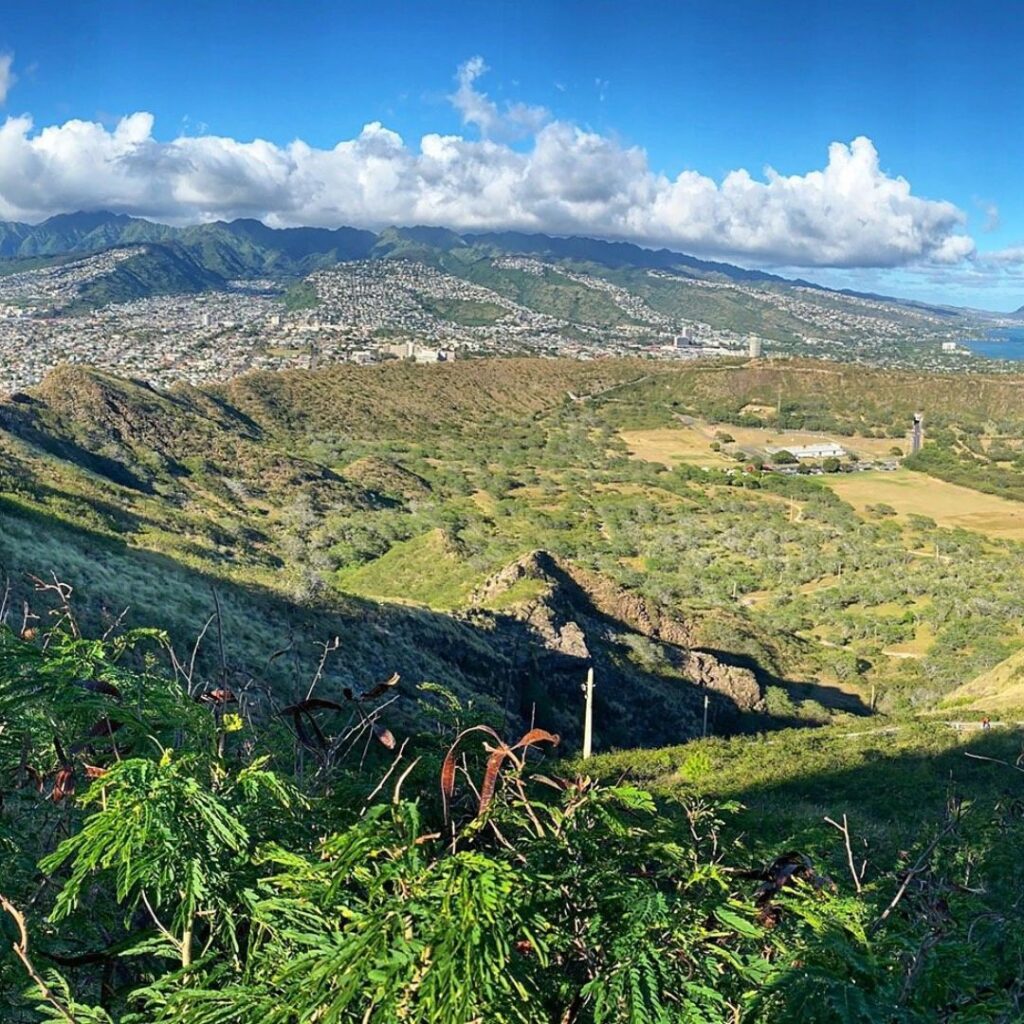
Becoming a volunteer at the Diamond Head State Monument is an extraordinary opportunity to immerse oneself in the wonders of nature while also contributing to the preservation of Hawaii’s priceless heritage. This endeavor is perfect for all family members, regardless of age, making it a valuable experience for sharing and learning together.
To be prepared for a full day of activity under the radiant Hawaiian sun, it’s advisable to gear up appropriately.
Sturdy shoes and long pants are recommended for the best protection against the park’s rugged terrain. Sunscreen is equally important to shield your skin from the strong sun, and carrying a bottle of water is crucial to stay well-hydrated throughout the day. While all necessary tools for the tasks at hand will be provided at the site, volunteers are welcome to bring their own if they prefer.
As a volunteer, you will be under the guidance of the Park Ranger who will assign different tasks to ensure the health and beauty of the monument. These tasks involve weeding, pruning, and removing invasive species – plants that are not native to the area and can harm the local ecosystem.
By carefully maintaining the native plants and removing the invasive ones, you will be playing a direct role in preserving the park’s natural balance. This critical work helps to keep the Diamond Head State Monument vibrant, healthy, and enjoyable for all its visitors and for generations to come.
Eco Restoration At Palehua
Family Friendly: All Ages Suitable For Hiking
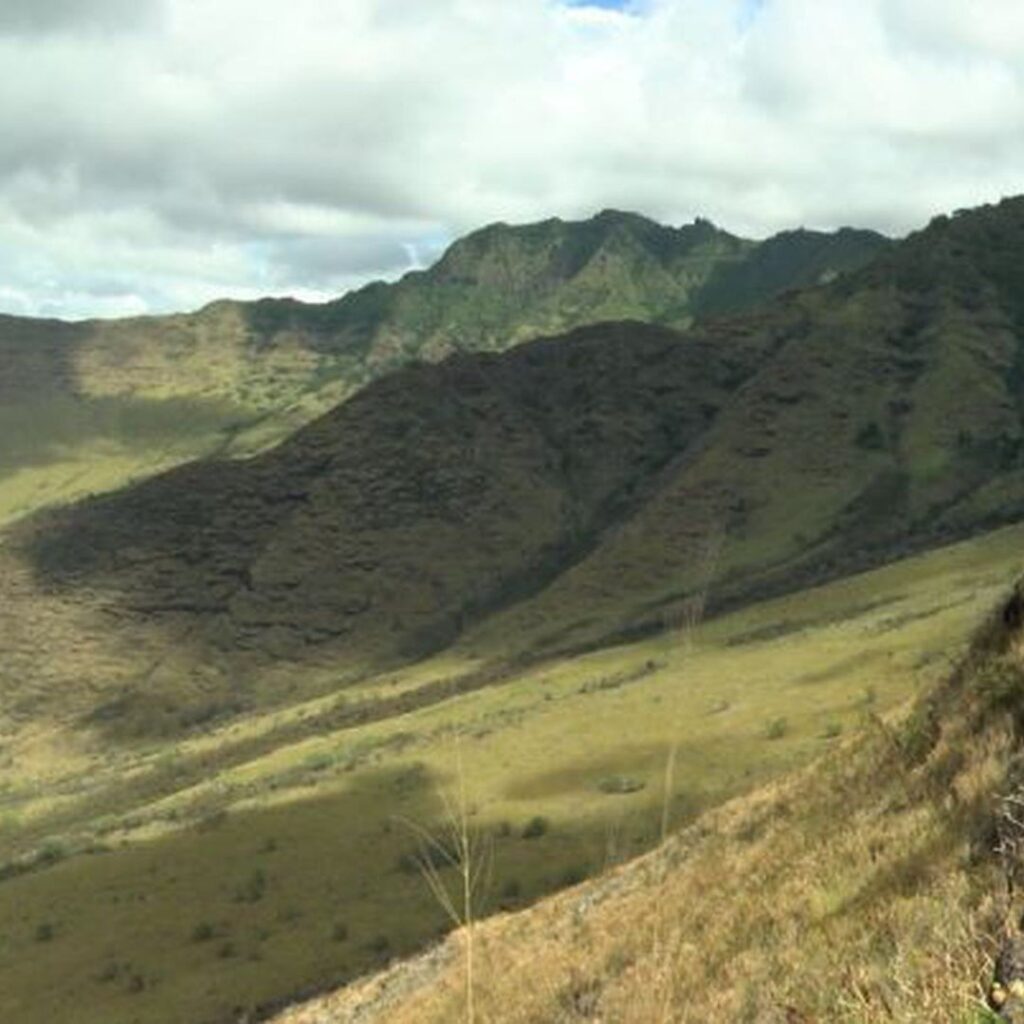
Joining the volunteer team at Eco Restoration At Palehua is a fantastic opportunity for families to connect with nature and play a role in preserving Hawaii’s unique ecosystems. It’s a chance for everyone to contribute, making it a fun and rewarding family event. Before embarking on this adventure, it’s important to come prepared.
Volunteers should wear sturdy shoes and long pants to protect against the terrain. With the bright Hawaiian sun, sunscreen is a must, and don’t forget to bring water to stay hydrated. Don’t worry about tools, as everything else needed will be provided.
Do note that reaching the work site involves a 1-mile hike. Once there, you’ll be handling large tools as part of the restoration work. It may be physically demanding, but it’s also gratifying knowing the positive impact you’re making.
The tasks at the Eco Restoration At Palehua focus on a few key areas. The first priority is to nurture native Hawaiian plants. These plants are important because they belong here and play a unique role in this ecosystem. The second priority is to remove invasive weeds. These weeds can harm or even kill off the native plants if left unchecked.
Lastly, volunteers will help expand the renewed native ecosystem within an enclosure at Palehua. This involves taking care of the plants and ensuring they have the space they need to thrive. Each of these tasks is crucial to maintaining the natural balance and health of the ecosystem at Palehua.
Keawawa Wetland Second Saturdays
Family Friendly: All Ages

Volunteering at Keawawa Wetland provides an amazing opportunity for families to get involved in hands-on conservation work while experiencing the natural beauty of Hawaii. This opportunity is open to everyone, making it a wonderful way for families to spend time together while also giving back to the community.
Because the work involves being outdoors, volunteers should come prepared. It is highly recommended to wear tough hiking shoes and long pants for protection against any shrubs, sunscreen to guard against the strong Hawaiian sun, and bring water to stay well-hydrated. All necessary tools for the tasks will be provided, so there’s no need to bring your own.
It’s important to note that the Keawawa Wetland is managed by a non-profit organization that has been dedicated to preserving this important habitat since 2009. They’ve been working hard for years to protect and improve this area, and by volunteering, you’ll be part of that mission.
As a volunteer, you’ll focus on two key tasks. The first is to care for and sometimes plant native trees and shrubs. These plants play a crucial role in supporting the local ecosystem. The second task is to enhance the wetland to create a suitable habitat for alae’ula, a native Hawaiian bird.
Both of these tasks help to maintain the natural balance of the wetland, ensuring it remains a thriving habitat for local wildlife for years to come.
Maunawila Heiau Complex
Family Friendly: All Ages
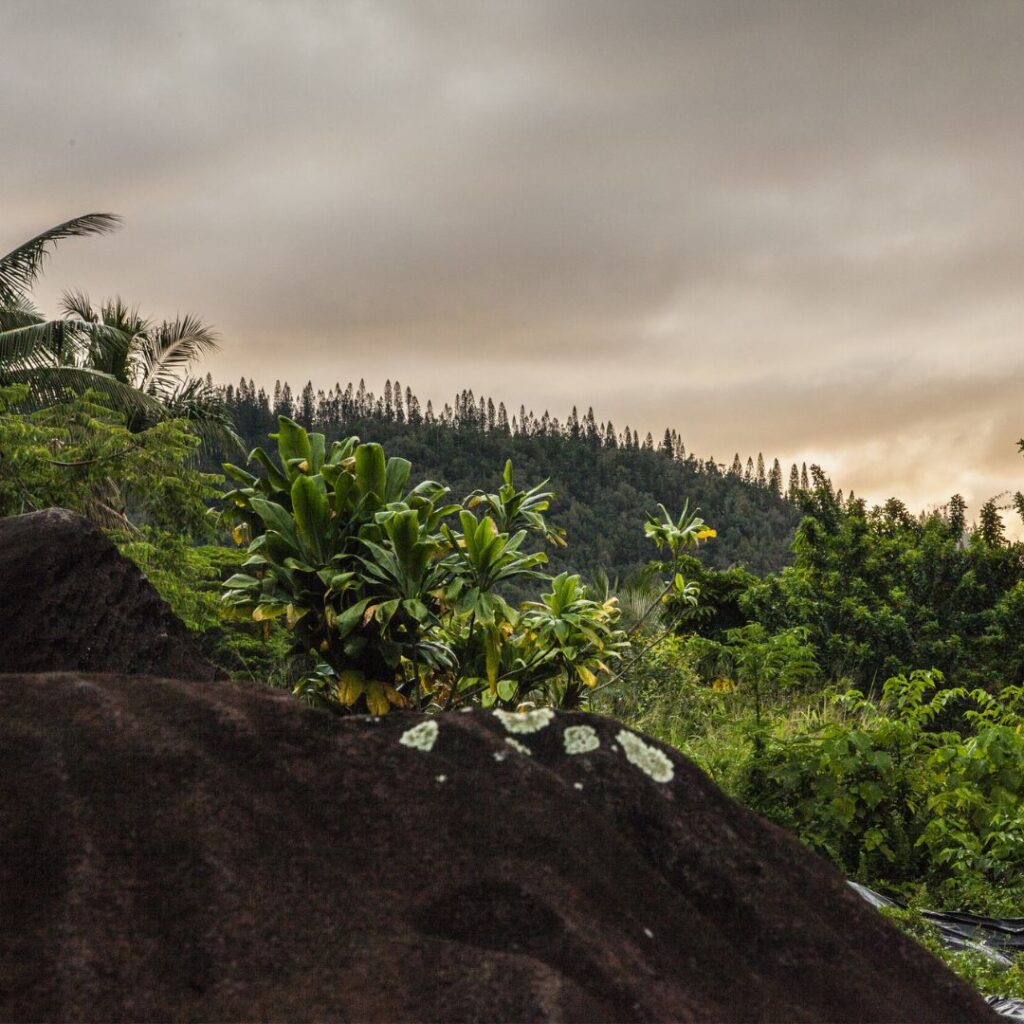
Volunteering at the Maunawila Heiau Complex is an exceptional opportunity for families to engage in meaningful conservation work, all while connecting with Hawaii’s rich history and beautiful landscapes. This activity is open to all ages, making it a perfect event for family involvement. As you’ll be outdoors and engaging in physical work, it’s crucial to be properly prepared.
It is strongly recommended to wear solid footwear and long trousers for protection against uneven and sometimes rough terrain. It’s also important to apply sunscreen to protect your skin from the intense sun and bring along a water bottle to stay hydrated throughout the day. Rest assured that all other equipment necessary for the work will be supplied, so you don’t have to bring any extra tools.
Before you can participate, it’s important to know that you must fill out a waiver. This is a standard procedure for activities like this, to ensure that everyone understands the nature of the work and the potential risks.
The work at Maunawila Heiau Complex focuses on two main areas. The first is the general restoration of the area. This might involve tasks like clearing paths, repairing structures, or other work to help maintain and improve the site.
The second task is removing invasive plants. These are plants that aren’t native to Hawaii and can harm the local ecosystem. By removing them, we help ensure that the native plants and the overall environment can thrive. This valuable work contributes to the preservation of the Maunawila Heiau Complex for future generations to appreciate and enjoy.
Loʻi Workday At Kākoʻo ʻŌiwi
Family Friendly: All Ages
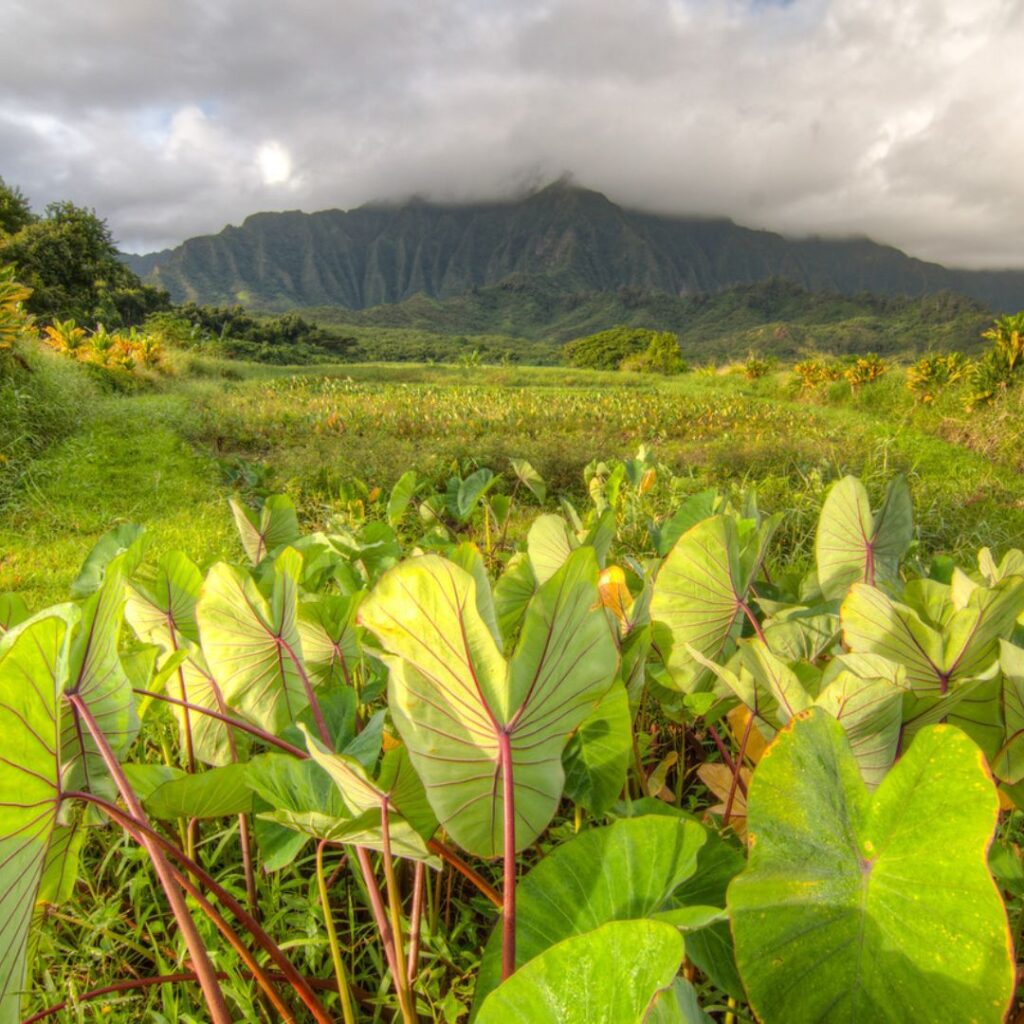
Engaging in a Loʻi Workday at Kākoʻo ʻŌiwi is a deeply rewarding experience for families who are ready to roll up their sleeves and make a real impact. While everyone is welcome, be aware that children should be prepared to work hard and get a bit dirty, making it an adventurous and educational experience.
Before you start, it’s crucial to come well-equipped. Sturdy footwear is recommended for safe movement around the site, and sunscreen is a must to shield against the sun. Remember to bring along water to stay hydrated during the hard work.
All the additional tools needed for the tasks will be provided on-site, so there’s no need to bring your own equipment.
Before you can join, please note that a waiver must be filled out. This helps everyone understand the work involved and any potential risks. Importantly, if you have any open cuts, you should not attend this event due to safety and health considerations.
During the workday, volunteers will focus on several tasks that help maintain the health and productivity of the loʻi, or taro fields. These tasks include weeding around the crops, planting new seedlings, and harvesting mature plants. Each of these activities is essential to the ongoing cultivation and success of the loʻi, ensuring that the tradition of taro farming continues to thrive at Kākoʻo ʻŌiwi.
Waimea Valley
Family Friendly: Ages 12+, Under 18 Requires A Parent
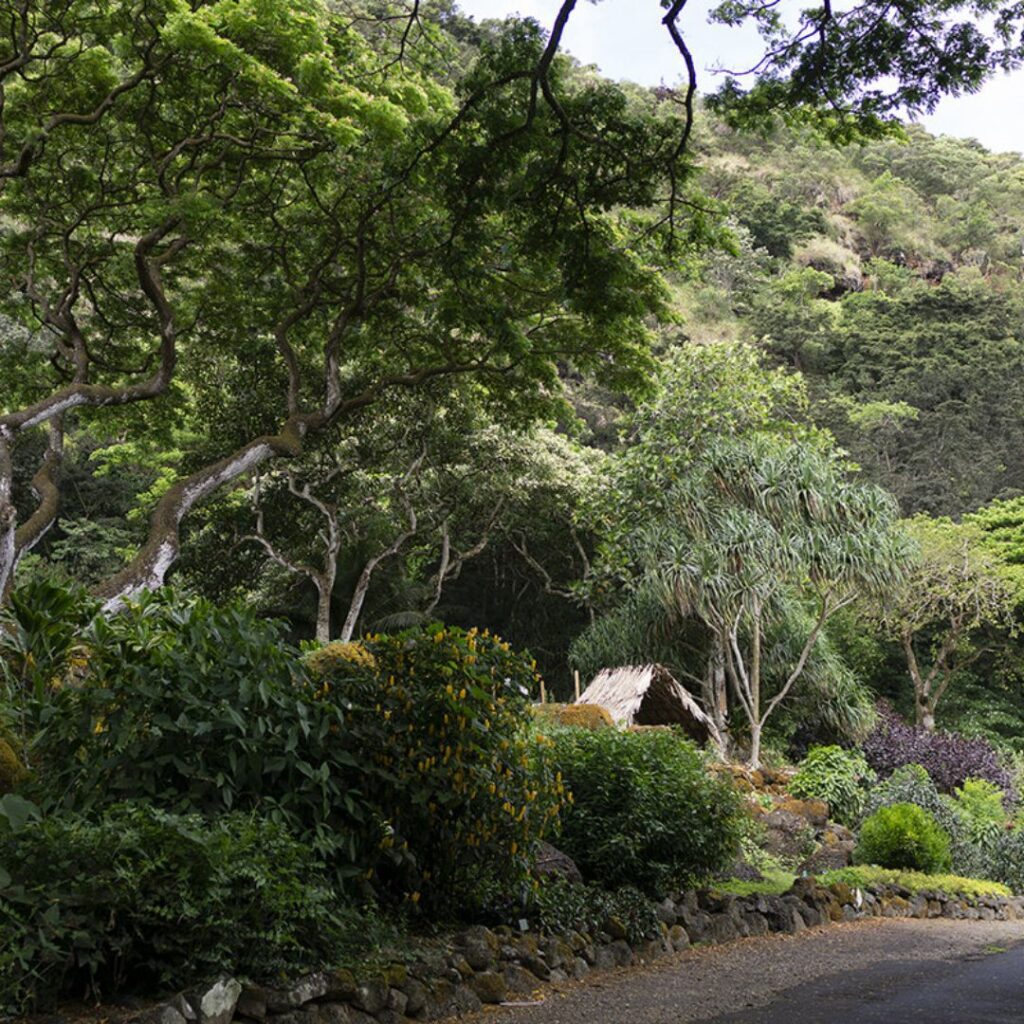
Volunteering at Waimea Valley provides a unique opportunity for individuals aged 12 and above to engage in critical conservation work. It’s a chance to connect with nature and learn about Hawaii’s native ecosystems. However, it’s important to note that if you’re under 18, you must have a parent or guardian with you at all times.
The event involves a hike to the volunteer location, so be prepared for a bit of a trek. Once there, it’s required that all volunteers will stay for the full six-hour duration of the event.
In terms of preparation, you should apply sunscreen to protect your skin from the Hawaiian sun and bring along a water bottle to stay hydrated. Don’t worry about bringing any tools – everything else needed will be provided for you.
It’s also necessary to fill out a waiver before attending the event.
During the event, volunteers will have the opportunity to contribute to several key conservation activities. First, when available, volunteers will plant native Hawaiian forest plants. These plants are crucial to maintaining the health of the local ecosystem. The second priority is removing invasive species, which are plants not native to the area that can harm or disrupt the local ecosystem.
Finally, volunteers may participate in other important conservation projects such as mulching and seed collection. Each task plays a vital role in preserving the rich biodiversity of the Waimea Valley, contributing to a healthier and more sustainable environment for all.
I have personally done this volunteer event and it is truly unique in so many ways, learn more about it here.
He’eia Fishpond
Family Friendly: 12+
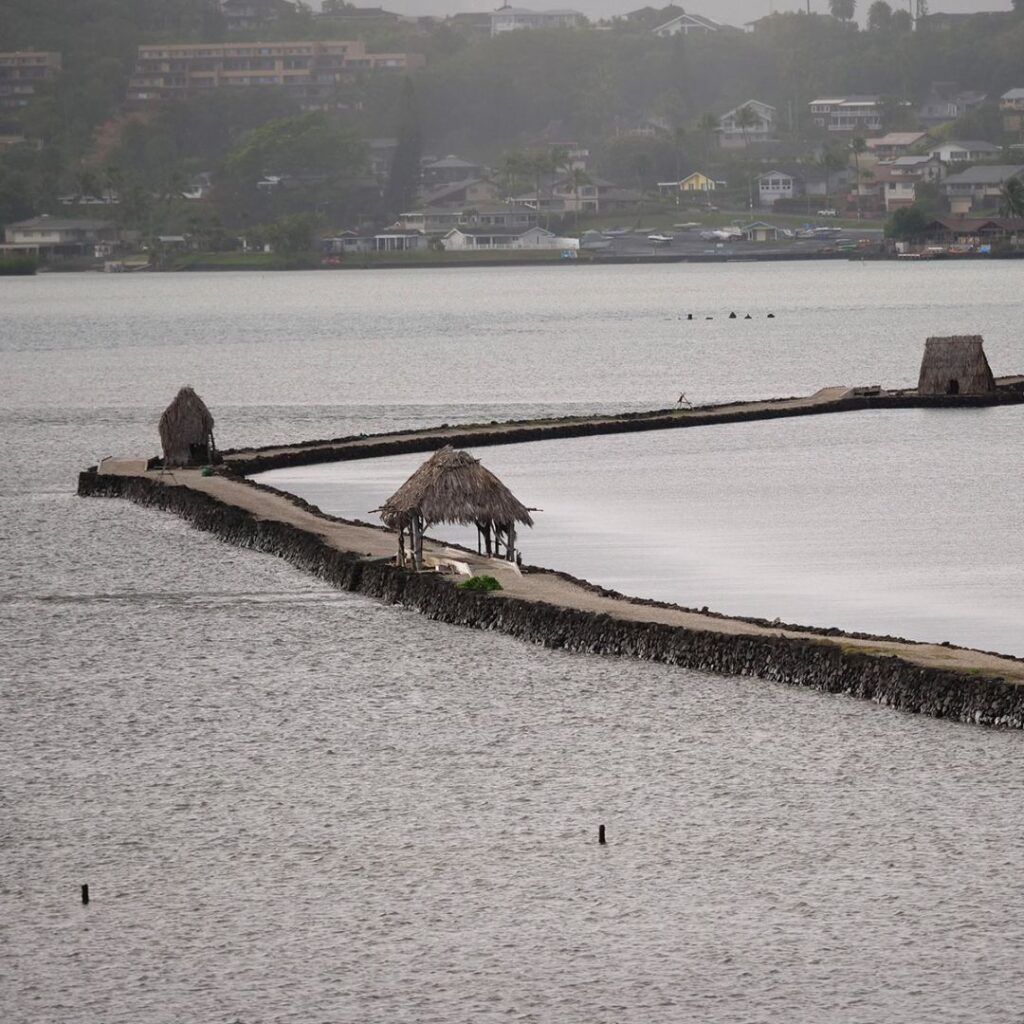
Volunteering at the historic He’eia Fishpond offers a rewarding opportunity for those aged 12 and up to contribute to the preservation of this ancient Hawaiian aquaculture site. Given the physically demanding nature of the work, be prepared to exert some energy – it’s a rigorous but truly enriching experience.
With its unique blend of cultural heritage and conservation efforts, it’s not surprising that He’eia Fishpond is a highly sought-after place for volunteering.
Before you start, it’s crucial to be properly prepared. Apply sunscreen to protect your skin from the tropical Hawaiian sun, and bring along a water bottle to stay well-hydrated during the demanding work.
All other tools necessary for the tasks will be provided, so you only need to show up ready to work and learn.
As a volunteer, you’ll participate in various tasks that help to restore and maintain the fishpond. These include moving rocks and coral, an essential part of maintaining the structure of the pond. Filling buckets and hauling floating barges through the water is also part of the work, tasks that require both strength and teamwork.
In addition, you’ll help control the environment by cutting and pulling out invasive mangroves and removing invasive limu, or seaweed. These activities help to protect the balance of the local ecosystem. Trash pickup is also important, ensuring that the area stays clean and safe for both wildlife and future volunteers.
Lastly, volunteers participate in the reconstruction of the kuapā, the traditional Hawaiian fishpond wall, which is a vital part of preserving the fishpond’s historic and functional aspects. Through each of these tasks, volunteers play a key role in preserving the He’eia Fishpond for future generations to appreciate and learn from.
I volunteered here over the summer and wrote about that experience in more detail if this looks like something you would be interested in doing.
USS Missouri
13+ requires an adult, 16+ may come unattended

Volunteering at the USS Missouri, also affectionately known as the “Mighty Mo,” can be an exciting, rewarding, and highly educational experience. One of the significant advantages of volunteering here is the chance to see areas of the ship typically off-limits to the general public. This comes especially when you participate in cleaning tasks, which can take you to hidden corners and secret passages within this colossal ship.
Volunteers can engage in a variety of activities like sanding, sweeping, touch-up painting, and moving items. Sweeping can be particularly adventurous, as it may take you up to level 06, the highest accessible deck on the ship, providing a unique view of the vessel and the surrounding harbor.
And don’t worry if you’ve never done some of these tasks before. The friendly staff and fellow volunteers are always ready to guide you, making sure you know exactly what to do.
However, there are certain age-related rules you should be aware of. If you’re under 13, you’ll need a parent or guardian with you. This is for safety reasons and to ensure younger volunteers get the guidance and supervision they need. But don’t let that discourage you – it can be a fun, shared experience with your family.
If you’re 16 or older, you’re allowed to volunteer independently. This is a great opportunity for high school students to learn new skills, get a taste of history, and even contribute to their community service hours.
There is a specific article on volunteering here and you can read the details of the experience to get a better understanding.
Loko Ea Fishpond
Family Friendly: All Ages
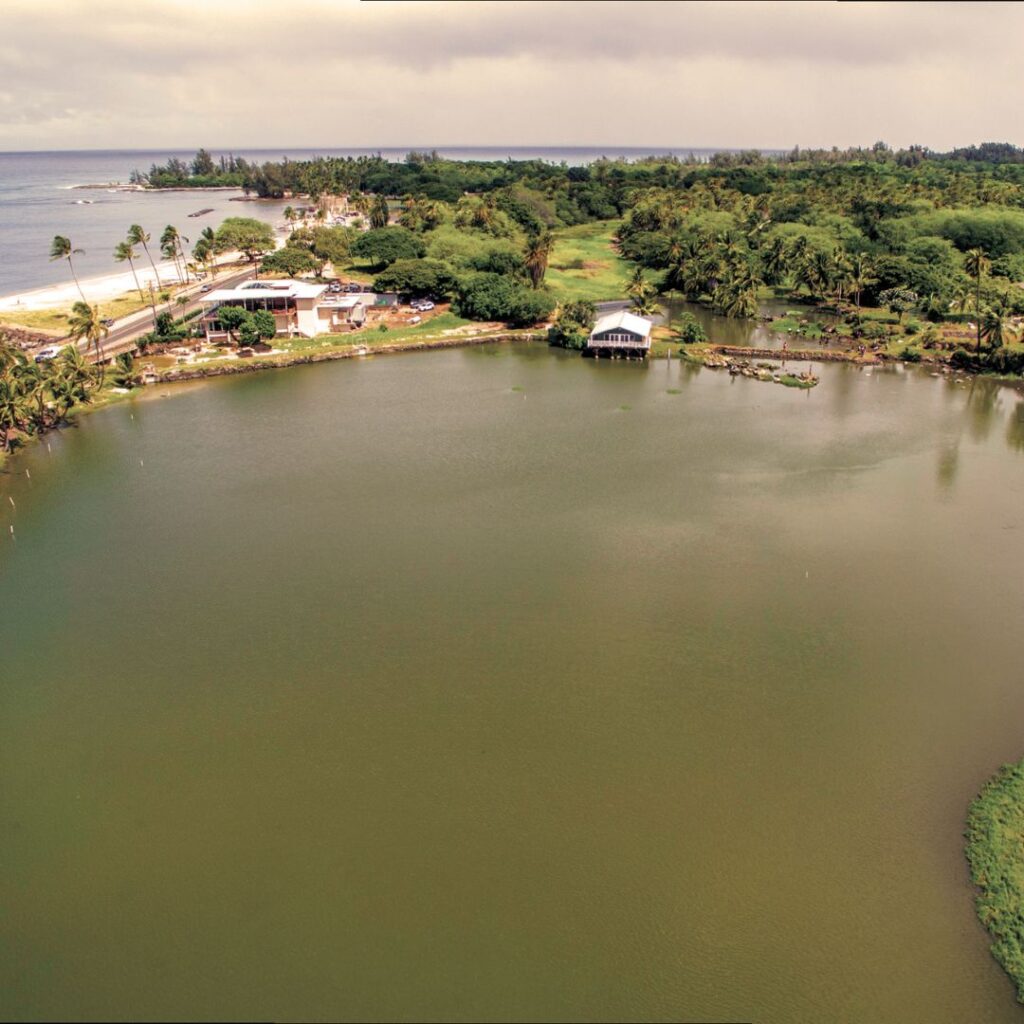
Loko Ea Fishpond, nestled on the North Shore of Oahu, offers a wonderful and family-friendly volunteering opportunity for people of all ages. This special place is a cultural and ecological treasure. As a volunteer here, your main task will be to help preserve and restore the fishpond’s ecosystem. This involves removing invasive plants that can threaten the balance of life in and around the pond and helping native species to thrive.
While it might sound like hard work, there’s something uniquely satisfying and calming about spending time in this beautiful natural setting, helping to maintain the delicate balance of life in the fishpond. You will not only have a chance to learn about the native flora and fauna of Hawaii but also understand the Hawaiian concept of “malama ‘aina” – caring for the land.
What makes Loko Ea Fishpond a standout place to volunteer is that it welcomes families. This means kids, parents, grandparents, and even your favorite aunt or uncle can come together, roll up their sleeves, and work as a team. It’s an opportunity to teach younger family members about the importance of environmental stewardship while spending quality time together outdoors.
Plus, the friendly staff at Loko Ea will be there to provide guidance and explain the importance of the work you’re doing, making it a truly educational experience for all. So, bring your ohana (family) along and join in the communal effort to help keep Loko Ea Fishpond a thriving sanctuary for Hawaii’s native species.
Well, there you have it – an in-depth look at some of the best volunteer opportunities right here on Oahu! As we’ve seen, each location offers a unique experience, whether you’re digging in the mud at the He’eia Fishpond, nurturing native plants at Palehua, or helping to restore historic sites like the Maunawila Heiau Complex.
Volunteering on our beautiful island isn’t just about the hard work, though. It’s about learning, connecting with our land, and playing a part in preserving our island’s rich cultural heritage and biodiversity.
From battling invasive species at Kaiwi State Scenic Shoreline to nurturing the growth of native plants at Keawawa Wetland, each volunteer contributes to the vital task of preserving Oahu’s natural beauty. What I love about volunteering here is that no matter where you go, you’re sure to end up with a deeper appreciation of our island and the satisfaction that comes from making a tangible difference.

